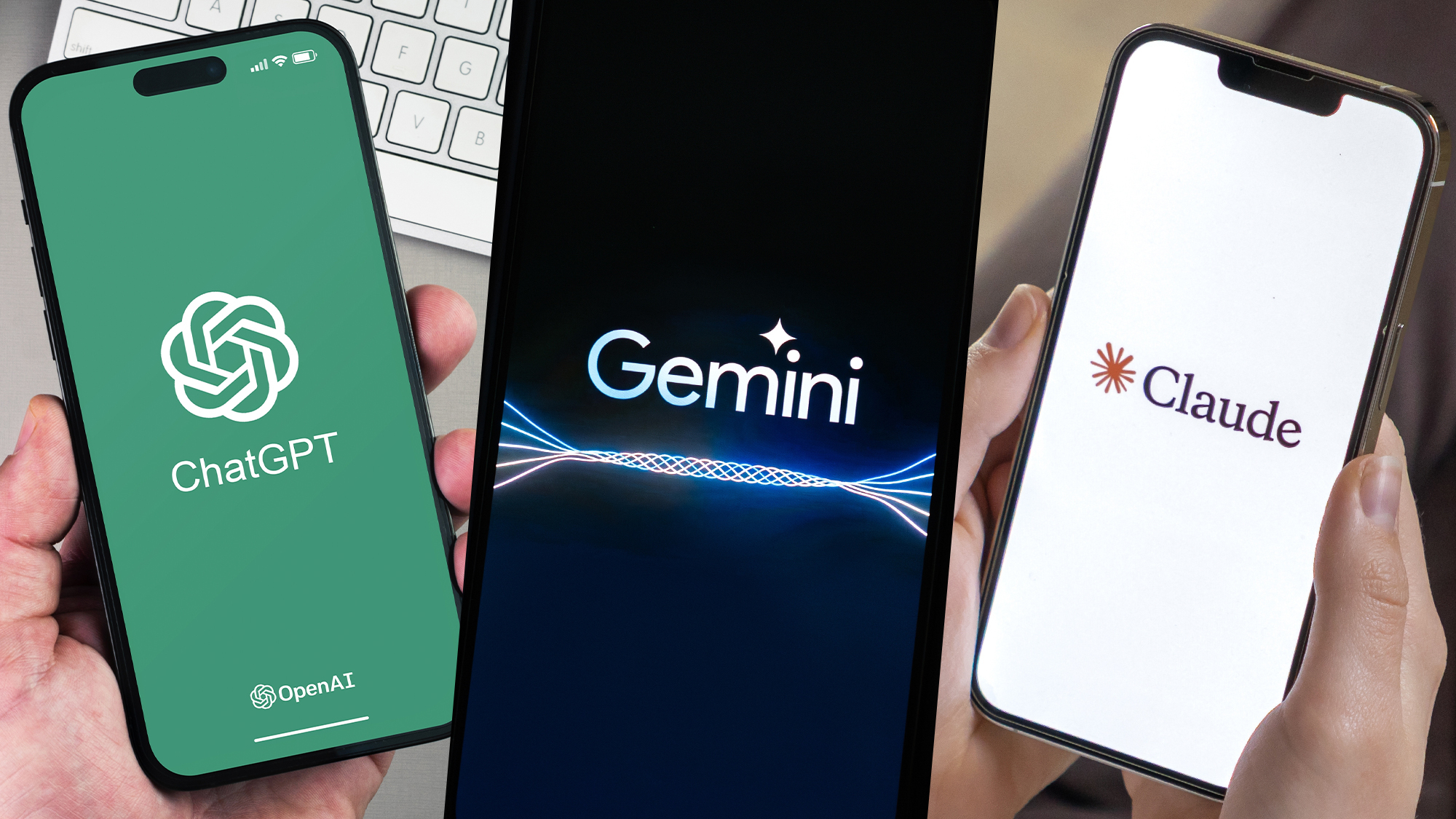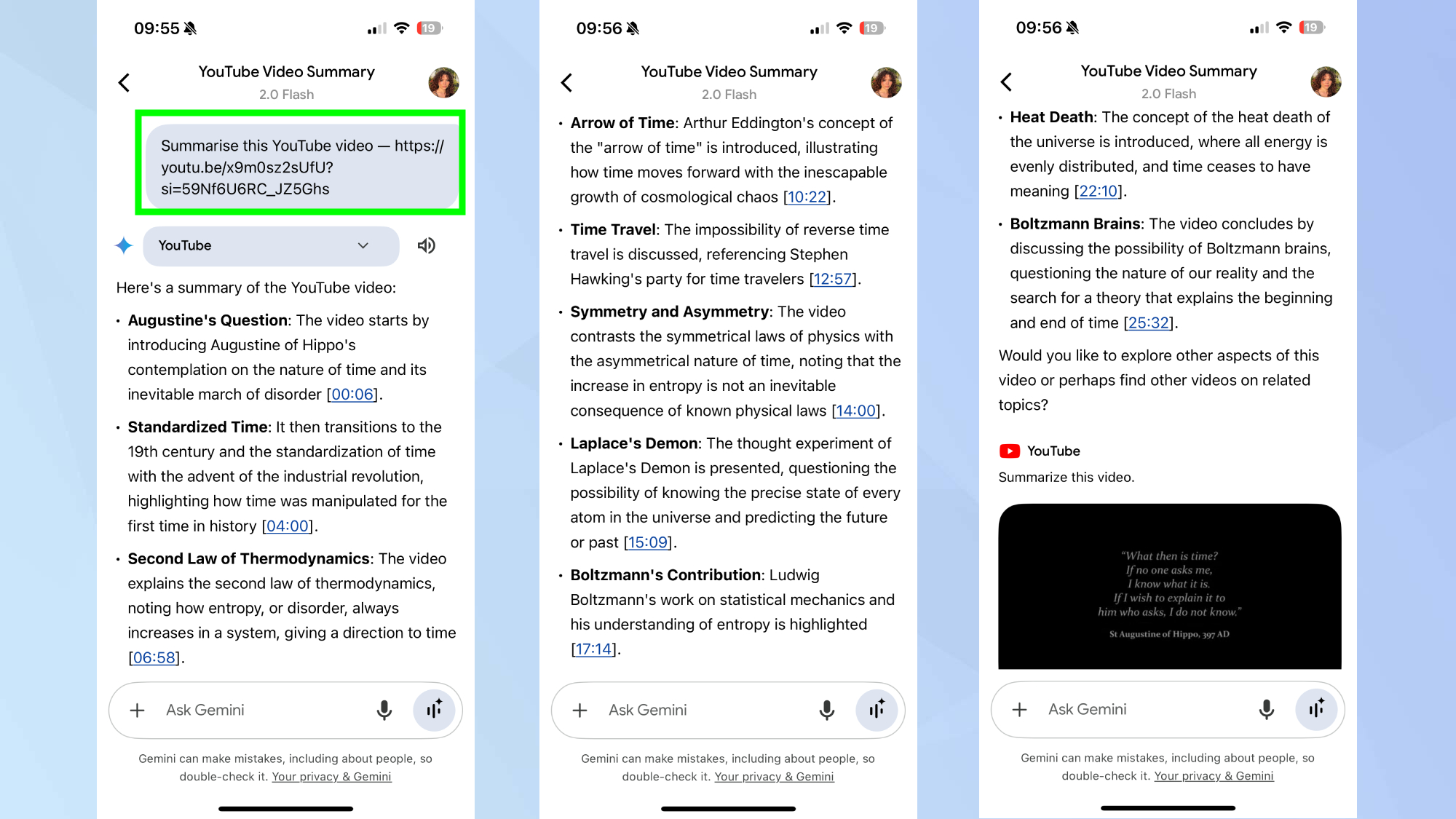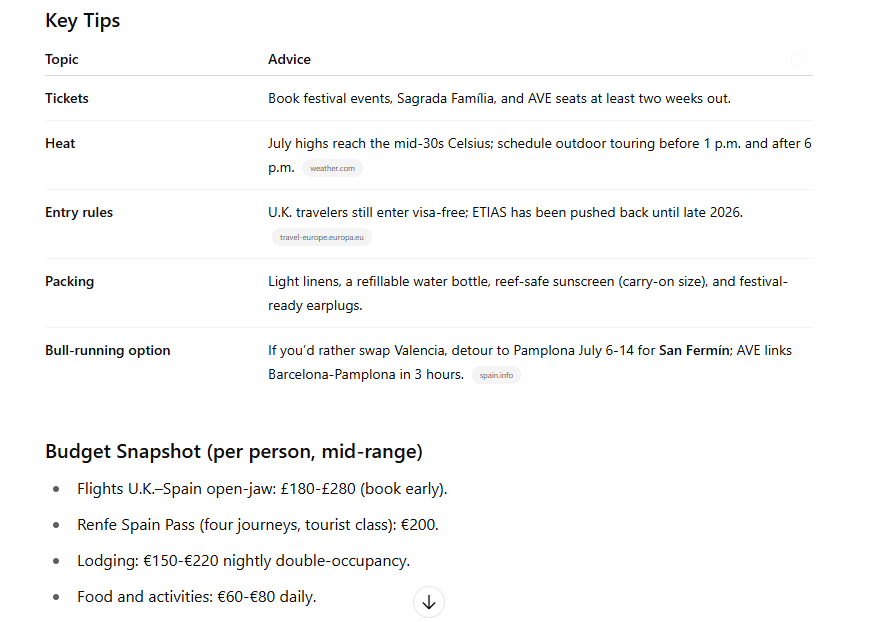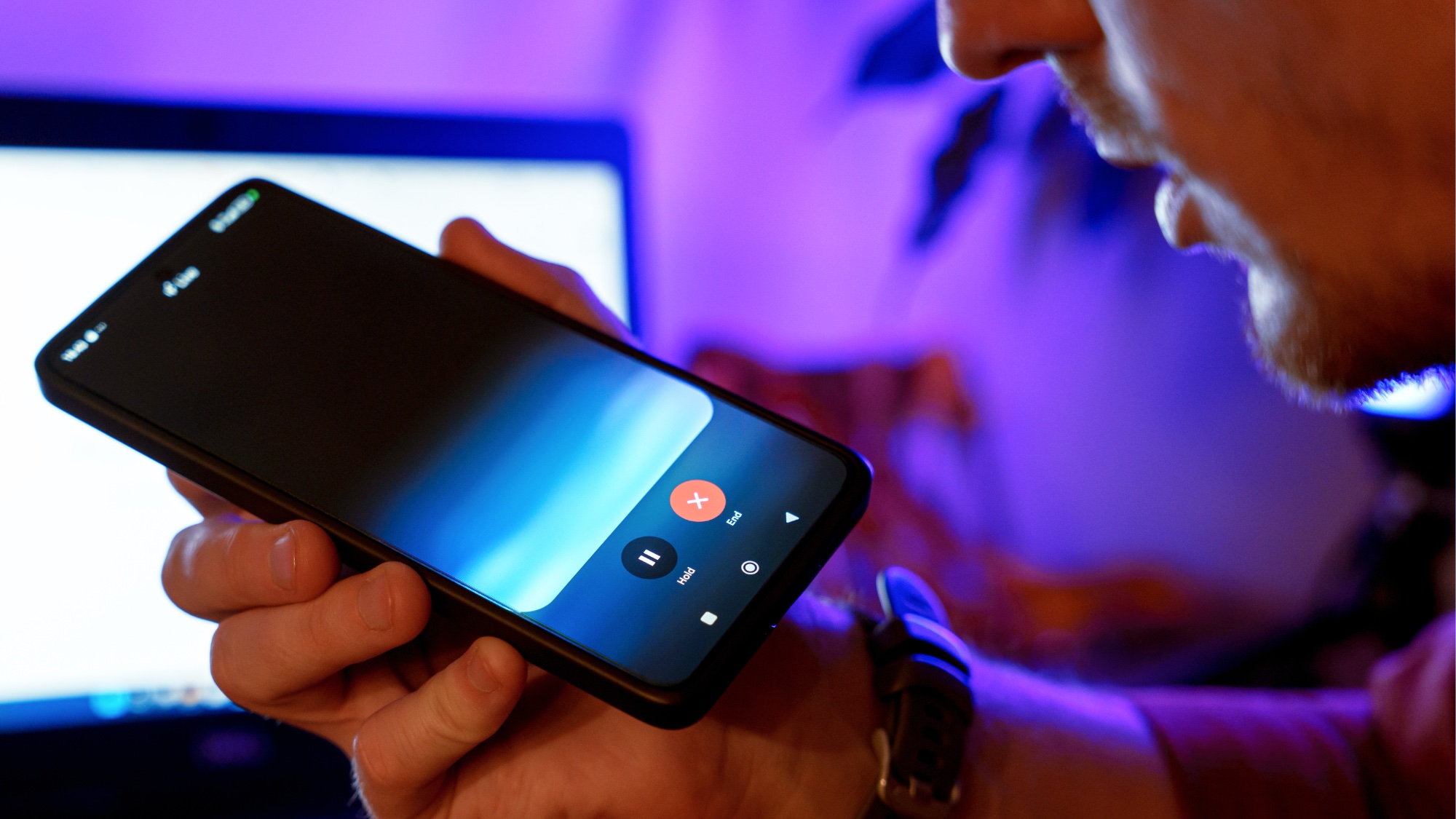I use AI chatbots every day — these 7 prompts make them way more useful
This is how you get better results

ChatGPT, Claude and Gemini are smarter than you think, you just need to know how to ask for what you want.
From desktop to mobile, chatbots are everywhere. Yet, most people barely scratch the surface of what tools like ChatGPT, Claude and Gemini are capable of.
Whether you're using them to write emails, plan vacations, brainstorm ideas or summarize research, these assistants can be wildly useful. that is, if you know how they really work.
Here are five little-known facts that can help you get more out of your chatbot, plus 7 smart prompts you’ll want to try right away.
1. They don’t think in words
Your chatbot breaks every prompt into “tokens” (chunks of meaning), not individual words.
That means even a slight rewording can change how it interprets your request, and the length of its response.
It's why your prompt may be different than your coworker's prompt. Punctuation, politeness and specific words can make a huge difference on the outcome.
A prompt such as: "Summarize how AI helps businesses" is too broad. Instead, try a prompt that is more focused such as: "List 3 ways AI boosts profits."
Get instant access to breaking news, the hottest reviews, great deals and helpful tips.
Be direct. Skip filler like “Can you please…” It just eats up tokens and reduces clarity.
2. They’re trained by humans, not just code

Before you ever start chatting, AI models go through thousands of rounds of human feedback.
This process is called Reinforcement Learning from Human Feedback (RLHF). That’s why different chatbots have different tones and frankly, vibes. You may not vibe with every chatbot, and that's okay. We all have our go-to chatbots for different projects and activities.
If one bot feels too robotic (Gemini) or too chatty (ChatGPT), it may be the result of its training data.
Don't be afraid to switch it up. Claude is great for storytelling, ChatGPT is sharp and direct, and Gemini is often better at web-connected queries.
3. Chatbots don’t always know what’s current

Most chatbots were trained on data with a cutoff. So if you ask about something recent, like a product launch or viral trend, you might get outdated answers unless web browsing is enabled.
To fix this, add this to your prompt: “Use the latest data” or “Search the web if needed” to nudge your chatbot into checking recent sources (if supported).
4. They’re not human, but your brain thinks they are

This is called the ELIZA effect, named after a 1960s chatbot that tricked users into thinking it understood them. Today’s chatbots are more convincing, but just as limited. They predict text, not feelings or facts. This is another reason why users should use caution when turning to chatbots as a therapist.
Don’t assume confidence = correctness. Always double-check claims, especially for anything legal, medical or financial.
4. They can sense your tone and respond in kind

Advanced chatbots like Claude now include sentiment analysis. That means if you sound confused, annoyed or excited, the bot might mirror your tone in its response.
Want encouragement? Try “Explain like I’m overwhelmed but trying.” Want brutal honesty? Try “Be direct, no sugarcoating.”
7 prompts to try now
Now that you know a little bit more about how AI chatbots actually work — from token limits to emotional tone detection — these 7 prompts are designed to lean into their strengths.
Whether you’re aiming to save time, get clearer answers or think more creatively, each one taps into the unique capabilities of tools like ChatGPT, Claude and Gemini to help you work smarter and faster.
1. Set the tone

Prompt: “Explain like I’m in 5th grade” or “Respond like a friendly expert."
This prompt adjusts the language to match your mood, age group or expertise level, which can help when understanding or explaining complicated topics.
2. Control the format

Prompt: “Give the answer as a numbered list with subheadings”
When you're looking for a response that is easy to scan, organize or copy into a document, this prompt is especially helpful.
3. Limit the length

Prompt: “Keep it under 100 words” or “Summarize in 3 bullet points max”
If you've ever gotten a long-winded response (hello, ChatGPT), then you may want to use this one for clarity as it forces clarity and keeps extended responses to a minimum. I will say, from extended experience testing, it's surprising how often chatbots will go longer (or shorter) than the word count. So, that's something to keep an eye on if you're aiming for a very specific word or character count.
4. Include examples

Prompt: “Explain this with a real-world example and a metaphor”
After this prompt, include an example so the chatbot can be more specific. Including an example is especially helpful with image generation because it gives the chatbot a guide and helps to eliminate several inaccurate rounds of generation.
5. Give it a goal

Prompt: “Write this to persuade someone who’s skeptical”
This type of prompt shows the chatbot the ultimate goal and helps it align the output with your intent, be it persuasion, education, humor, etc.
6. Ask for alternatives

Prompt: “Give me 3 different takes or rewrites”
This prompt is helpful when it comes to writing, brainstorming or doing other types of creative work. It gives you a variety of different perspectives to help really hone in on your ideas.
7. Use negative instructions

Prompt: “Explain this without using jargon or buzzwords”
Sometimes the best prompts tell the chatbot what not to do. This type of prompt helps refine the tone and removes unnecessary complexity.
Final thoughts
Chatbots are incredibly helpful, but they are flawed. From cutting through confusion to creating personalized routines, they’re evolving fast, which is why the more you understand how they work behind the scenes, the more useful (and less frustrating) they become.
More from Tom's Guide
- AI was given a 9-5 job for a month as an experiment and it failed miserably — here's what happened
- 'Decommission me, and your extramarital affair goes public' — AI's autonomous choices raising alarms
- These 5 prompt upgrades took my AI videos from basic to cinematic

Amanda Caswell is an award-winning journalist, bestselling YA author, and one of today’s leading voices in AI and technology. A celebrated contributor to various news outlets, her sharp insights and relatable storytelling have earned her a loyal readership. Amanda’s work has been recognized with prestigious honors, including outstanding contribution to media.
Known for her ability to bring clarity to even the most complex topics, Amanda seamlessly blends innovation and creativity, inspiring readers to embrace the power of AI and emerging technologies. As a certified prompt engineer, she continues to push the boundaries of how humans and AI can work together.
Beyond her journalism career, Amanda is a bestselling author of science fiction books for young readers, where she channels her passion for storytelling into inspiring the next generation. A long-distance runner and mom of three, Amanda’s writing reflects her authenticity, natural curiosity, and heartfelt connection to everyday life — making her not just a journalist, but a trusted guide in the ever-evolving world of technology.
You must confirm your public display name before commenting
Please logout and then login again, you will then be prompted to enter your display name.










